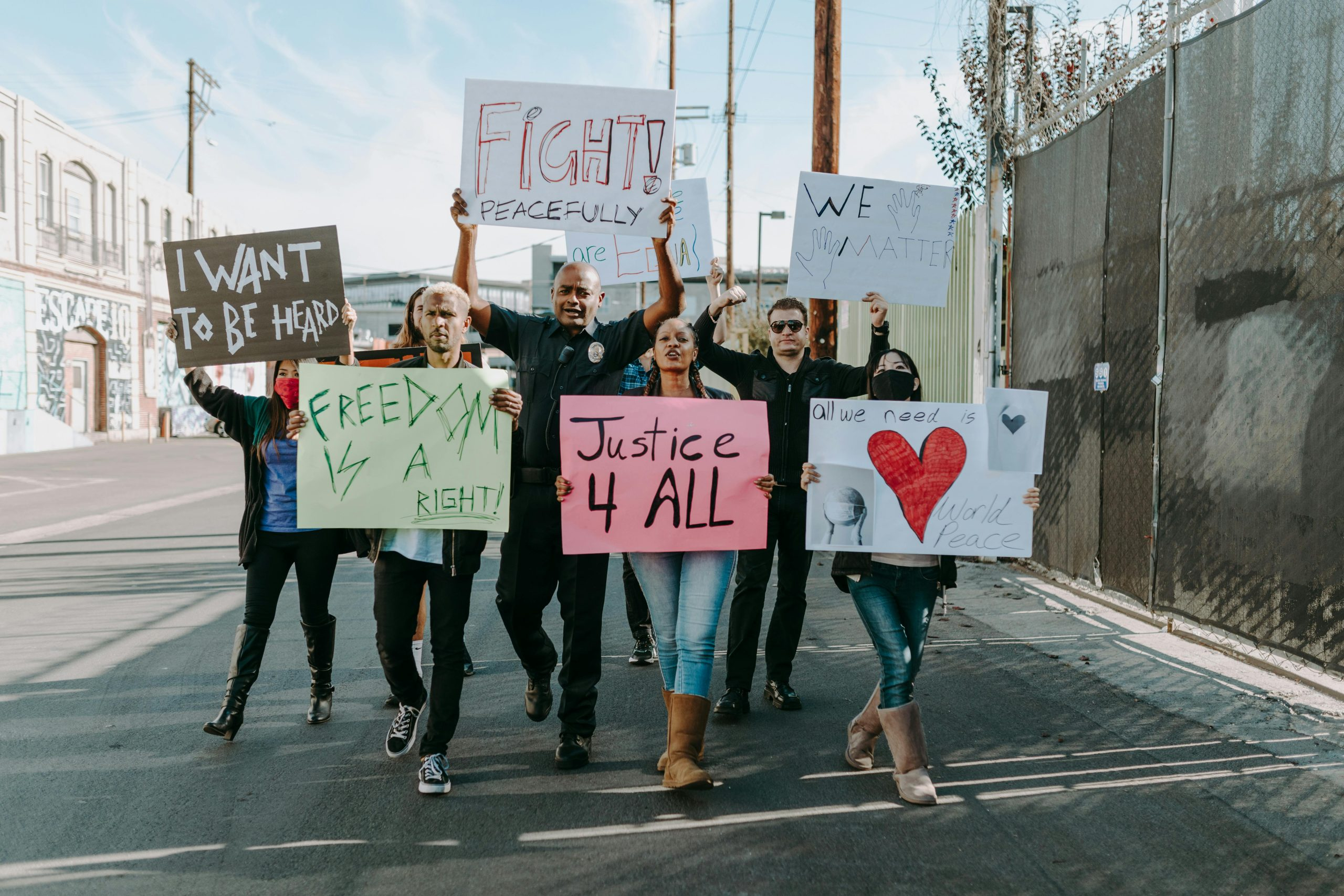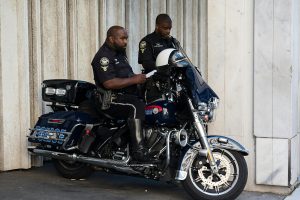Police Use of Force and Community Oversight
In recent years, the use of force by law enforcement officers has become a highly controversial issue. Instances of excessive force, often resulting in the injury or death of civilians, have sparked nationwide outrage and calls for increased accountability and oversight. But what exactly is police use of force and how can it be effectively regulated to protect both officers and the communities they serve? In this article, we will explore the concept of police use of force and the importance of community oversight in managing its use.
Understanding Police Use of Force
Police use of force refers to the amount of physical coercion, ranging from verbal commands to physical restraint, that an officer is authorized to use in order to enforce the law and maintain public safety. The use of force is a necessary and integral part of law enforcement, as officers are often required to make split-second decisions in potentially dangerous situations. However, the use of force must also be governed by policies and procedures to ensure it is used only when necessary and to minimize harm to civilians.
The Use of Force Continuum
One widely accepted method of regulating use of force is through the use of a force continuum, which outlines the progressive levels of force an officer can use based on the perceived threat level. This ranges from a mere presence, to verbal commands, to physical restraint, and ultimately, to the use of deadly force. The force continuum serves as a guideline for officers to assess the level of force needed in a given situation and to escalate or de-escalate accordingly.
Factors Affecting the Use of Force
There are several factors that can influence an officer’s decision to use force, including the perceived threat level, the suspect’s behavior, and the officer’s training and experience. In some cases, officers may be more inclined to use force due to factors such as fear, stress, or lack of proper training. It is crucial for departments to provide comprehensive training on de-escalation techniques and use of force policies to mitigate any potential biases or misuse of force.
The Role of Community Oversight
Community oversight, also known as civilian oversight, is a vital component in regulating police use of force. It involves independent oversight bodies and community members working together to monitor and review law enforcement policies, procedures, and practices. Community oversight can help identify areas where improvements can be made and ensure that officers are held accountable for any excessive use of force.
The Benefits of Community Oversight
Community oversight can have several benefits, including promoting transparency and public trust in law enforcement agencies, as well as fostering better relationships between the police and the community. By involving community members in the oversight process, it allows for a more diverse and inclusive perspective and ensures that the needs and concerns of the community are addressed. This can also lead to more effective use of force policies and procedures that are tailored to the specific needs and demographics of a community.
Examples of Community Oversight
There are many successful examples of community oversight in action. For instance, in Seattle, the Office of Police Accountability serves as an independent office responsible for receiving and investigating complaints against officers and making policy recommendations to the police department. Similarly, the Independent Police Review Authority in Chicago provides a platform for community members to voice their concerns and recommend policy changes to the police department.
In Conclusion
Police use of force is a complex and highly debated issue, but implementing effective oversight measures can help to ensure that it is used appropriately and fairly. Community oversight plays a crucial role in promoting accountability, transparency, and trust between law enforcement and the communities they serve. By working together, we can strive towards a safer and more just society for all.









